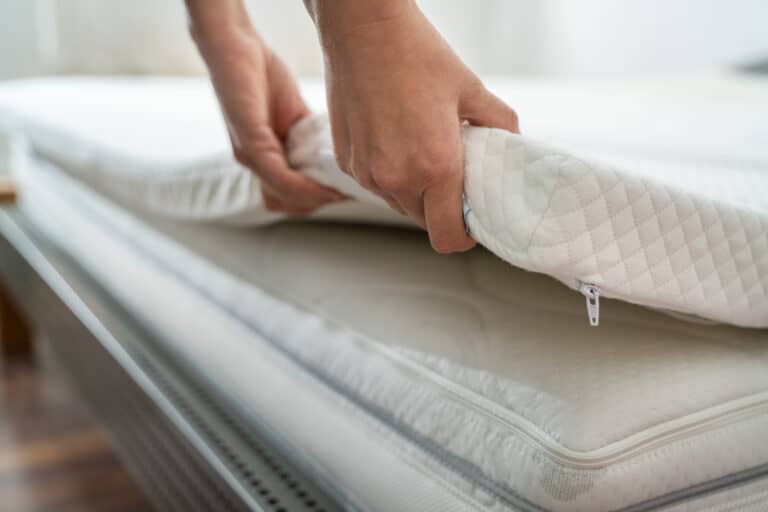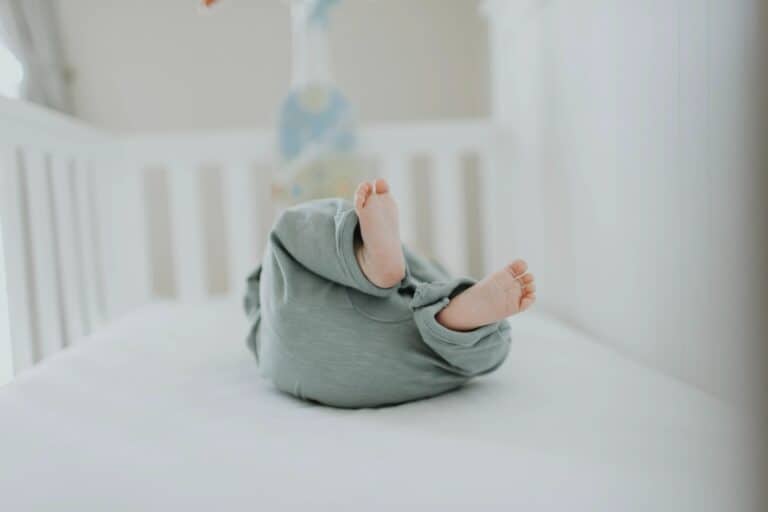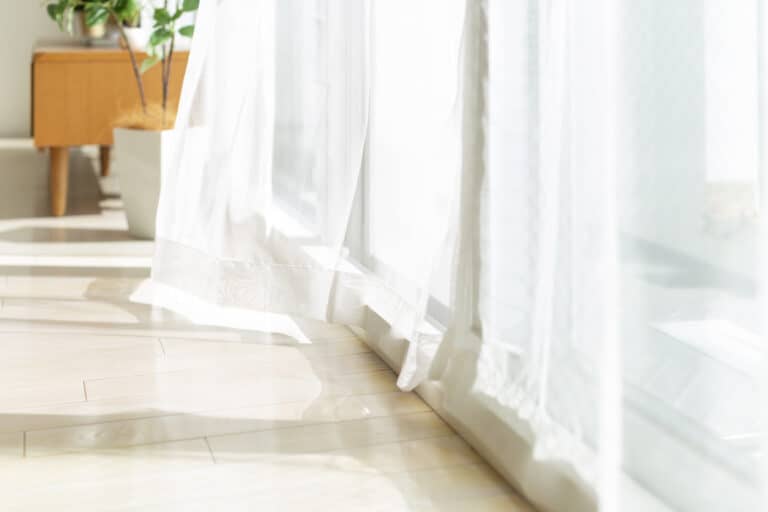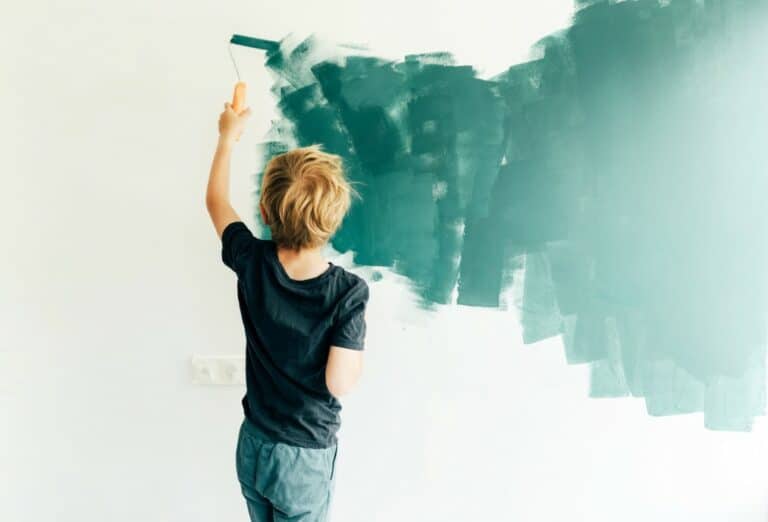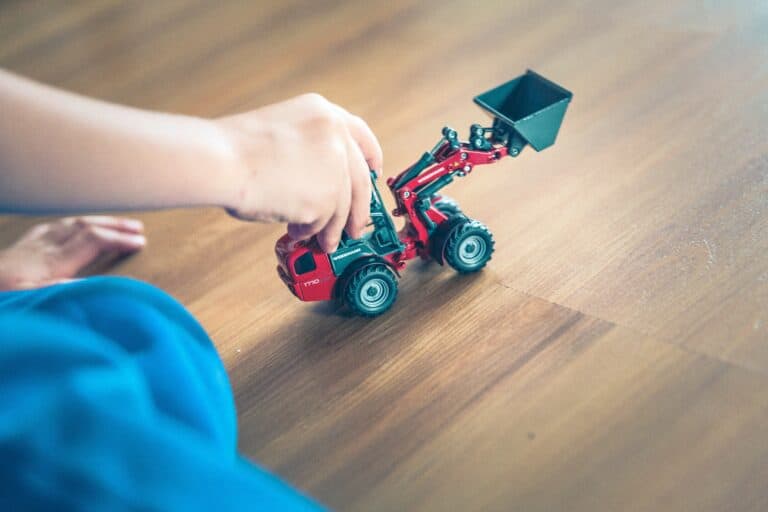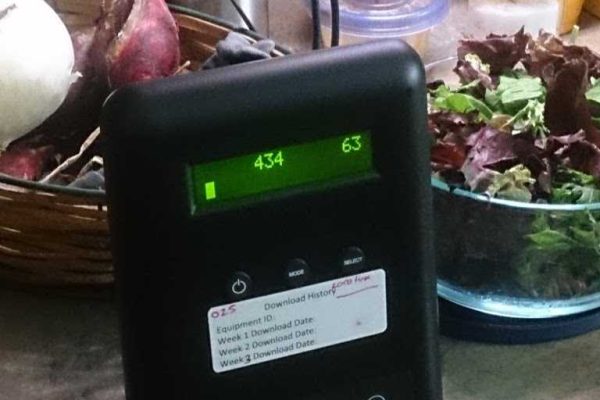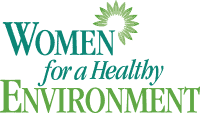Tips for Avoiding Toxic Problems
- Select natural wood furniture – particle board or pressed wood products are known to contain formaldehyde
- Select organic linens and consider purchase of an eco mattress made from untreated organic cotton and wool
- Install working carbon monoxide and smoke detectors in the home
